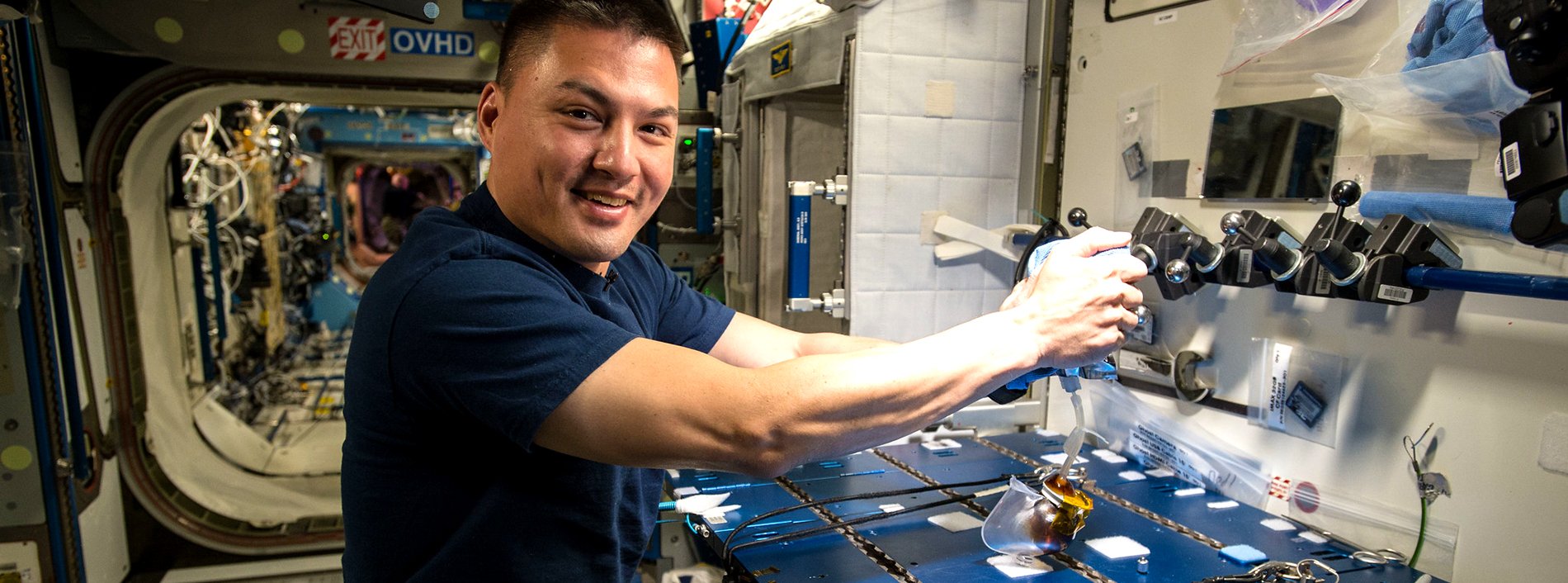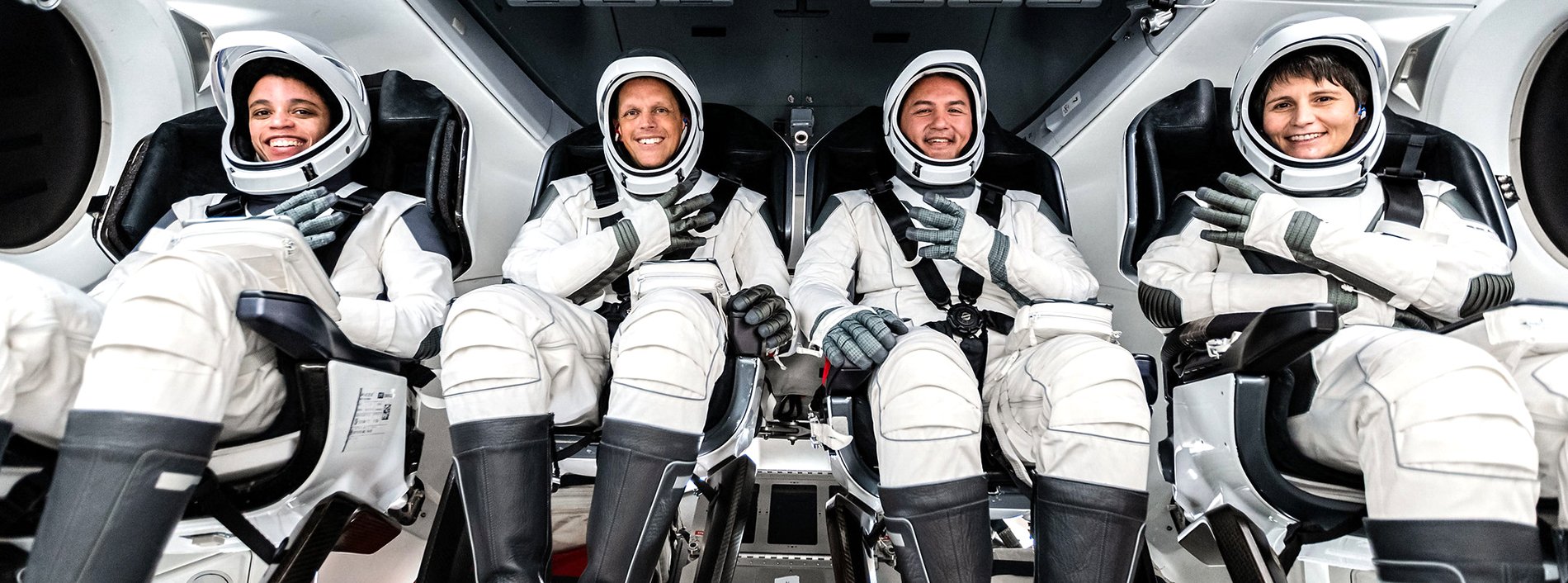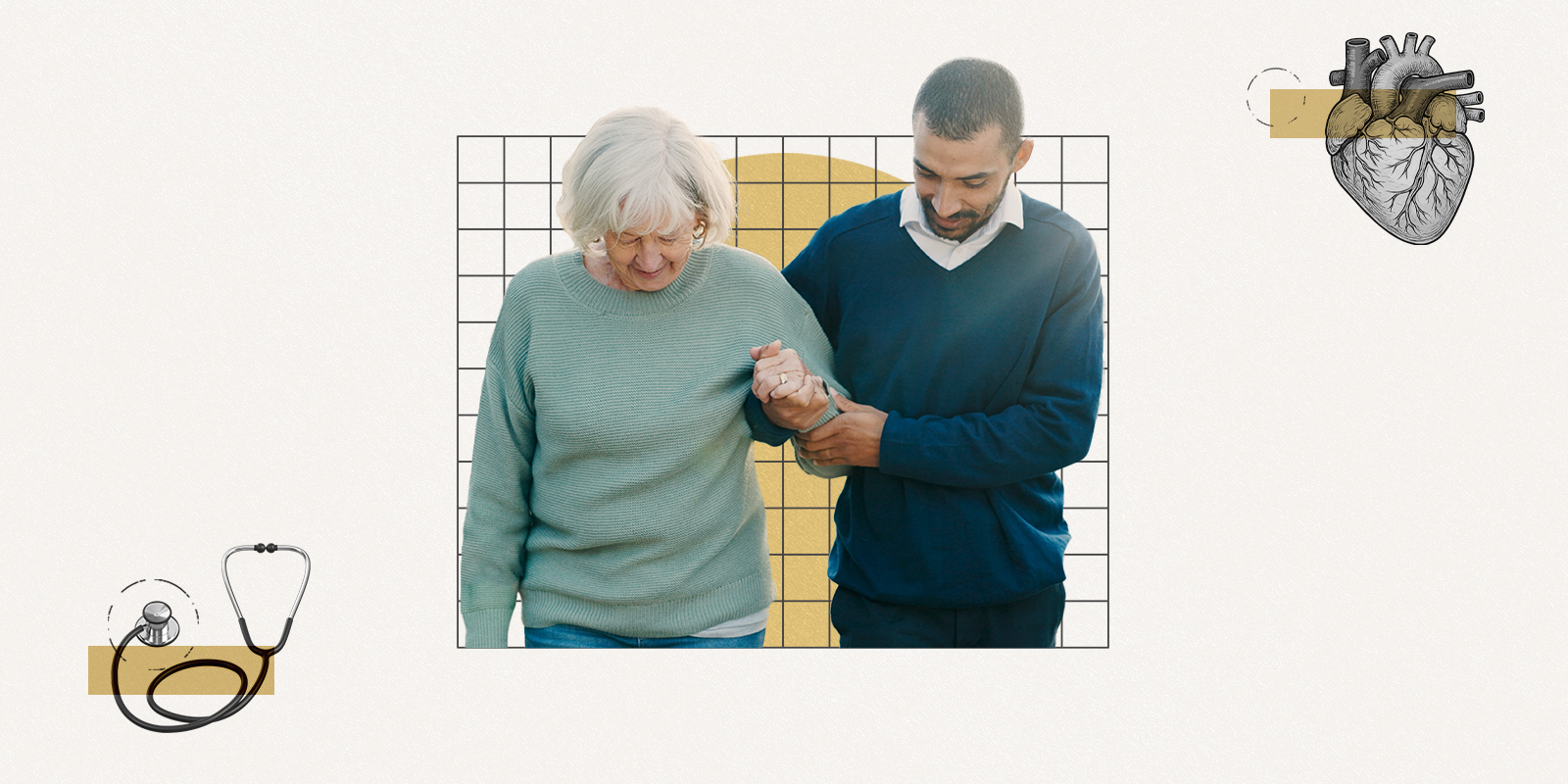What is the purpose of this mission to the ISS, and what experiments will your team conduct?
It’s really exciting to have this opportunity to return to the space station for a long-duration mission. Some things on this mission will be similar to my last mission (2015), and some things will be very different.
On this particular mission, we’re exercising the fifth flight of the new SpaceX Crew Dragon vehicle, launching on a U.S. rocket from Kennedy Space Center to the space station, and so that’s one of the striking differences from my last mission. I’m really, really excited to be launching from Kennedy Space Center. Friends and family are going to be able to visit and be a part of that experience.
When we get to the space station, we’re carrying three Americans and one of our international partner astronauts – Samantha Cristoforett (Italy) – so there will be four of us on this vehicle joining three Russian cosmonauts. So this will be a seven-person crew, as opposed to the six-person crew that we had last time. All of the U.S. science is vetted by a nonprofit organization called CASIS (Center for the Advancement of Science in Space).
One of the unique capabilities of the space station is that it is a multidisciplinary laboratory. We have combustion science, food science, fundamental physics. We do life sciences, astronomical observations, so every day is a little bit different. So I’ll probably see over 100 to 200 different experiments in the time that I’m up there.
My favorite last time was the ‘veggie’ experiment where I got to grow lettuce and then ultimately eat it and then we sent some of it back to the ground to be studied. Also a project called Capillary Beverage in which we were looking at fluid dynamics and how do you use different materials and geometries of containers to allow fluids to flow without power or pumps.

NASA astronaut Kjell Lindgren prepares a fresh coffee using one of the specially designed cups used in the Capillary Beverage study.
This time around, I think the most fun is again getting to grow plants. We have a new system called XROOTS, and it uses hydroponics and aeroponics to deliver nutrients and water as opposed to a kind of a mineral matrix last time. I don’t know what we’re going to get to grow, but I’m excited about whatever it is. Taking care of it on a daily basis kind of brightened my day.
Then there’s some life science work. Reflecting on my time at CU – that lends itself more to my primary skills – we have a rodent model looking at wound healing. I’m attracted to that simply because that – of all the things I have the opportunity to work on – really appeals to my background and interests.
What are some medical experiments you plan to do on this mission? And on the horizon, as you’ve been selected to the Artemis team that will go to the moon, what was your reaction to being chosen, and what are you looking forward to on that program?

NASA astronaut and SpaceX Crew-4 Commander Kjell Lindgren poses for a portrait at Johnson Space Center in Houston. Credit: NASA/Josh Valcarcel
|
Of course, my sights are solely focused on this expedition, but a lot of what we do on the space station of course is aimed at making life better on Earth. But it also is enabling our ability to conduct those missions to the moon and then ultimately to Mars. So we use the space station as a platform, as a test bed, to test out technologies and to do the research to help us achieve those future goals.
From a medical perspective, I wouldn’t say we really have medical experiments (planned for the mission). We are the subjects of multiple physiology experiments to understand how the body reacts to weightlessness and to really use this model of weightlessness to better understand physiology and some abnormal processes that mimic medical conditions on the Earth – so osteoporosis, muscle atrophy, neuro-vestibular dysfunction, immune dysfunction. We study the changes that we see in the human body in weightlessness and try to tease out what’s normal and what’s abnormal and how can we apply that knowledge to some of the clinical issues that we see on the ground.
I am definitely a subject for a number of those studies. We’ll be using ultrasound. We’ll be measuring limb volumes; I’ll be doing self-phlebotomy to draw blood; we’ll be collecting urine and doing microbiome studies – all to better understand what’s going on in the human body during space flight.
With so many more opportunities now to head to space in the future, what’s your biggest piece of advice for students hoping to be involved in space missions?
It certainly is a privilege to be a part of this NASA team and to get to do this – it is a lifelong dream for me. I am so grateful that I’ve had the opportunity. And I’m so grateful for all the people and organizations that made this possible. And, of course, CU played a tremendous role in that – the opportunity to study and train there really gave me the fundamental skills needed to be a successful physician and to go off and do residency. I’m just so grateful for the opportunities that CU opened for me.
Reflecting back on that, I would say that especially maybe for folks involved in medicine, clearly the medical field and those skills are applicable (to being an astronaut). We have several physicians in the office, and it’s a backbone of the STEM domains that we select from to choose astronauts. Whether students are applying to NASA – and I’m not just talking about the medical field, but also our allied health partners, including nursing and even biomedical research – folks involved in any of those domains of course have a role in human space flight.
And so I guess the number one piece of advice is identify that as a goal. If that’s something you really want to do, then pursue that. The second piece would be – it’s not a secret – it’s just the hard work: putting in the hard work to get better every day at what you’re doing right now so that you can open up those opportunities in the future. When I talk with medical students in particular who are interested in pursuing this field, it’s just a reminder that your job right now as a medical student is to be the absolute best medical student that you can be. By doing that, when you graduate, you are going to have a wealth of opportunities in front of you to choose from. If you are focusing on being an astronaut right now as a medical student and going off and being involved in a bunch of extra-curricular stuff, and you are not performing well in your baseline duties, you’re not going to be as successful; you’re not going to have those opportunities.
And so I would just say right now, be the best medical student as possible. And then when you choose a residency, choose something that you’re interested in, you’re passionate about, and be the best resident you can possibly be. And then once you’ve accomplished that, you’re going to have a bunch of opportunity ahead of you – whether it’s private practice, academic practice or going to work for an organization like NASA or one of our commercial partners. Just be the best at what you’re doing right now, and keep that goal in mind and work toward that when the time is right.
Would you like to go to Mars and why?
Wow, Mars would be absolutely amazing. I would say that for me the moon is one of the things that inspired me to pursue this path: seeing those images of the Apollo astronauts working on the moon. And so what a tremendous privilege to be a part of the Artemis team, and part of this agency right now. There are so many opportunities. We are building vehicles right now to go to the moon, to land on the moon, and so I’m very excited about the moon.
All of that knowledge that we gather as we go to live and work on the moon gives us the ability to leverage all of that knowledge and those skills to press on to Mars.





.png)

